
Jetpac is a shooter video game developed and published by Ultimate Play the Game and released for the ZX Spectrum and VIC-20 in 1983 and the BBC Micro in 1984. It is the first game to be released by Ultimate Play the Game, the company which later became Rare. The game follows Jetman as he must rebuild his rocket in order to explore different planets, while simultaneously defending against hostile aliens. It was written by Ultimate co-founder Chris Stamper with graphics designed by his brother, Tim Stamper. Reviewers praised Jetpac's presentation and gameplay, and it won "Game of the Year" at the Golden Joystick Awards in 1983.

3D Monster Maze is a survival horror computer game developed from an idea by J.K. Greye and programmed by Malcolm Evans and released in 1981 for the Sinclair ZX81 platform with the 16 KB memory expansion. The game was initially released by J. K. Greye Software in December 1981 and re-released in 1982 by Evans' own startup, New Generation Software. Rendered using low-resolution character block "graphics", it was one of the first 3D games for a home computer, and one of the first games incorporating typical elements of the genre that would later be termed survival horror.

Underwurlde is a 1984 action-adventure platform video game in the Sabreman series by Ultimate Play the Game for the ZX Spectrum and Commodore 64. The player controls the adventurer Sabreman as he jumps between platforms in a castle and its caverns to find an escape past the exit guardians. Underwurlde features about 600 flip screen areas. Unlike other games of its time, Sabreman is not injured when touched by enemies and is instead knocked backwards. Underwurlde is the second game in the series, between Sabre Wulf and Knight Lore, and released shortly before the latter for the ZX Spectrum in late 1984. Another developer, Firebird, ported the game to the Commodore 64 the next year.
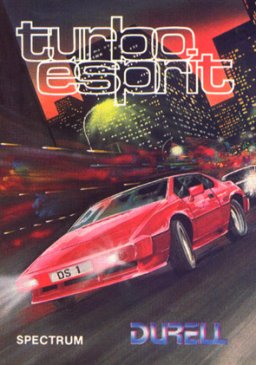
Turbo Esprit is a video game published by Durell Software in 1986 for the ZX Spectrum, Commodore 64, and Amstrad CPC. The game was very detailed and advanced for its time, featuring car indicator lights, pedestrians, traffic lights, and a view of the car's interior controls. Turbo Esprit was the first free-roaming driving game, and has been cited as a major influence on the later Grand Theft Auto series.

180 is a darts video game released for the ZX Spectrum, Commodore 64, Amstrad CPC, and Atari 8-bit computers in 1986 and MSX in 1987.

Action Force: International Heroes is a video game released by Virgin Games in 1987 for the ZX Spectrum and Commodore 64, and in 1988 for the Amstrad CPC. The game is set in the world of the Action Force toys by Hasbro. The ZX Spectrum version of the game differs notably from the Commodore and Amstrad versions.

19 Part One: Boot Camp is a multi-part action video game released by Cascade Games in 1988 for the Commodore 64 and ZX Spectrum. The inspiration for the game came from two sources: the arcade game Combat School and the Paul Hardcastle song 19, which was itself about the Vietnam War. The player controls a soldier through several training events, including an obstacle course, shooting practice and jeep driving.
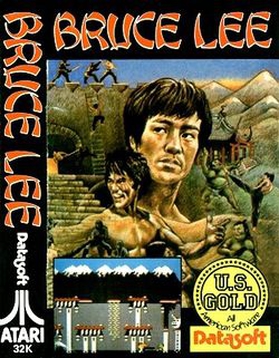
Bruce Lee is a platform game written by Ron J. Fortier for Atari 8-bit computers and published in 1984 by Datasoft. The graphics are by Kelly Day and music by John A. Fitzpatrick. The player takes the role of Bruce Lee, while a second player controls either Yamo or alternates with player one for control of Bruce Lee.

Dark Sceptre is a strategy adventure video game by Mike Singleton's design team Maelstrom Games, for Beyond Software. It was published by Firebird Software for the ZX Spectrum in 1987 and for the Amstrad CPC in 1988.
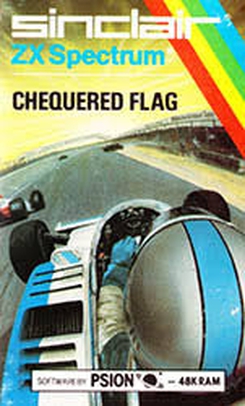
Chequered Flag is a racing video game developed by Psion Software and published by Sinclair Research in 1983. It was the first driving game published for the ZX Spectrum and one of the first computer car simulators.
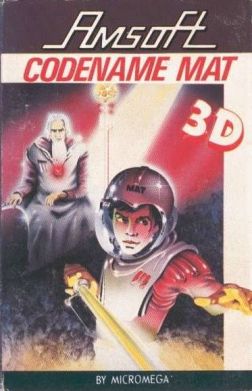
Codename MAT is a space combat simulator published in 1984 by Micromega for the ZX Spectrum and Amstrad CPC written by Derek Brewster. The game is similar to Atari, Inc.'s Star Raiders from 1979. Both games allow switching between front and aft-facing views and have strategic chart and scan modes. While Star Raiders has the player fighting Zylons, in Codename MAT the enemies are Myons.
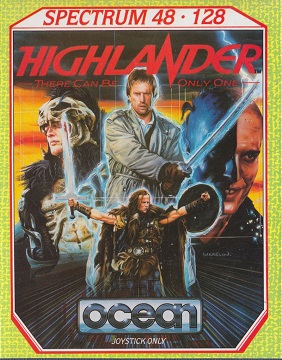
Highlander is a video game tie-in to the Highlander franchise released in 1986, the same year as the film, published by Ocean Software for the ZX Spectrum, Commodore 64 and Amstrad CPC home computers. Highlander was panned by reviewers.
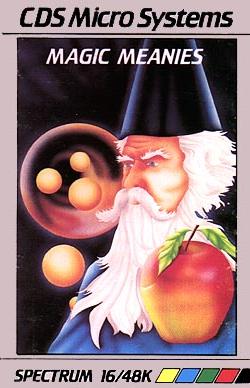
Magic Meanies is a ZX Spectrum video game developed and released by CDS Micro Systems in 1983. Magic Meanies is a clone of Universal's Mr. Do! arcade game.
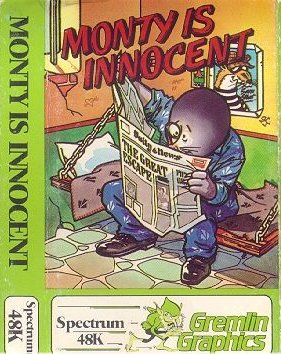
Monty Is Innocent is a video game written by Chris Kerry for the ZX Spectrum and published by Gremlin Graphics in 1985. It is a sequel to Wanted: Monty Mole released the previous year. While the game was marketed as Monty Is Innocent, it is never referred to by that title in-game; instead it merely displays Great Escape!. The inlay also features this title, on the newspaper that Monty Mole is reading in his cell.
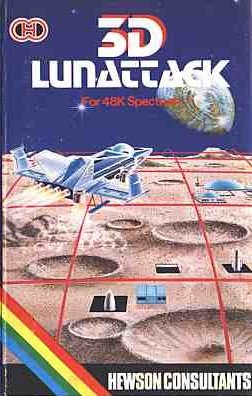
The Seiddab Trilogy is a series of video games designed by Steve Turner for the ZX Spectrum and published by Hewson Consultants. It consists of 3D Space-Wars (1983), 3D Seiddab Attack (1984), and 3D Lunattack. All three games were later published together as The Seiddab Trilogy by Hewson for the Rotronics Wafadrive. The series name is derived from the word "baddies" being spelt in reverse.

Pedro is a video game developed by Frank Johnson, Aidan Rajswing, Bryce Ducharm, Andrew Impson, Brian Carpenter and Steve Cain for the ZX Spectrum and released by Imagine Software in 1984. The game uses oblique projection to give the impression of three dimensional graphics.

Survivors is a puzzle video game published by Atlantis Software in 1986 for the ZX Spectrum. It was ported to the MSX, Atari 8-bit computers, Commodore 64, Commodore 16, Acorn Electron, and BBC Micro and the Amstrad CPC (1988). It is based on the "rocks and diamonds" mechanics of Boulder Dash.

Silicon Dreams is a trilogy of interactive fiction games developed by Level 9 Computing during the 1980s. The first game was Snowball, released during 1983, followed a year later by Return to Eden, and then by The Worm in Paradise during 1985. The next year they were vended together as the first, second and last of the Silicon Dreams.

Mined-Out is a maze video game created by Ian Andrew originally for the ZX Spectrum home computer in 1983. The objective is to carefully navigate a series of grid-shaped minefields by moving from the bottom to the top of the screen. The number of invisible mines in spaces adjacent to the player's current position is shown but not their precise location, requiring deduction to advance past them and avoid getting blown up. Additional challenges are introduced in later stages.
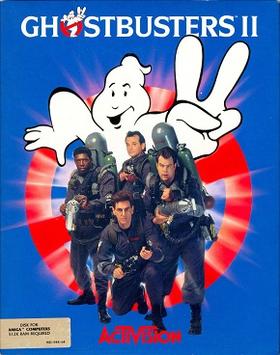
Ghostbusters II is a 1989 action game based on the film of the same name. It was published by Activision for various computer platforms. British studio Foursfield developed a version for Commodore 64, Amiga, Atari ST, Amstrad CPC and ZX Spectrum, which also got ported to the MSX by New Frontier. It features three levels based on scenes from the film. Dynamix developed a separate version for the DOS, also based on the film. The non-DOS versions were praised for the graphics and audio, but criticized for long loading times, disk swapping, and the final level. The DOS, Commodore 64 and Amiga versions were the only versions released in North America.




















